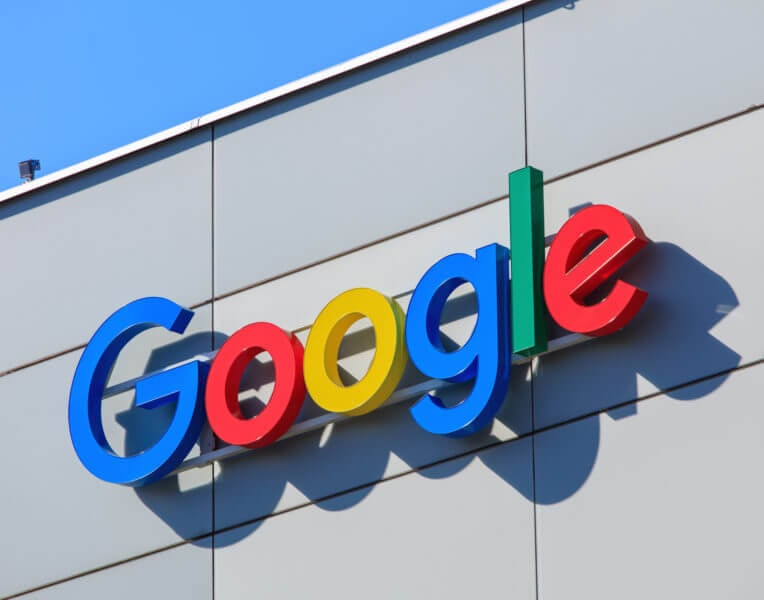Global Accessibility Awareness Day (GAAD) serves as a reminder of the ongoing work required to promote digital access and inclusion for the over one billion people with disabilities worldwide. Google, a leading tech company, is committed to making the world more accessible. In celebration of GAAD, let’s explore some of Google’s recent innovations and features designed to empower individuals with disabilities and foster a more inclusive digital environment.
Google’s Updates include Maps, Lookout, Live Caption & Wear OS
Digital images often lack descriptive captions and alt text, rendering them inaccessible to individuals with visual impairments. Google’s AI-driven solution, Lookout, offers a new feature called “image question and answer.” By leveraging an advanced visual language model developed by Google DeepMind, Lookout can now process images and provide descriptions, enabling users to gain a more detailed understanding of their content. This innovative feature has the potential to enhance accessibility and empower individuals with blindness or low vision.

Google Maps has been a valuable tool for navigation, and now it incorporates accessibility information for wheelchair users. The Accessible Places feature displays a wheelchair icon to indicate locations with step-free entrances. Additionally, users can find further accessibility details in the “About” tab, such as wheelchair-accessible seating, parking, or restrooms. With contributions from the Maps community, business owners, and Local Guides, accessibility information is available for over 40 million businesses worldwide, fostering confident and inclusive travel experiences.
Live Caption, an AI-powered feature, now offers real-time captions for various Android devices and platforms like Chrome and Google Meet. Updates to Live Caption include an optimized captions box for Android tablets, the ability to type back responses during calls, and expanded language support. The availability of Live Caption on a wider range of devices allows more people to benefit from this inclusive feature, fostering communication and engagement for individuals with hearing impairments.
Google is dedicated to improving accessibility across its platforms. Wear OS 4, launching later this year, will introduce a faster and more reliable text-to-speech experience. On the Chrome browser, a new feature automatically detects URL typos, suggesting corrections for easier website access. These enhancements empower individuals with dyslexia, language learners, and those prone to typographical errors, ensuring a seamless browsing experience. Apple also unveiled a wide variety of accesibility-focused updates to their OS, indicating that companies are not oblivious to the growing needs of people across the world.
RELATED:
- Google Pixel 8 Pro tipped to measure body temperature with built-in thermometer
- Google working on a new Dashcam mode for its Pixel smartphones
- Best Smart Thermostat 2023 – EcoBee, Google Nest, & More
(Source)







